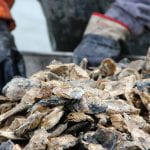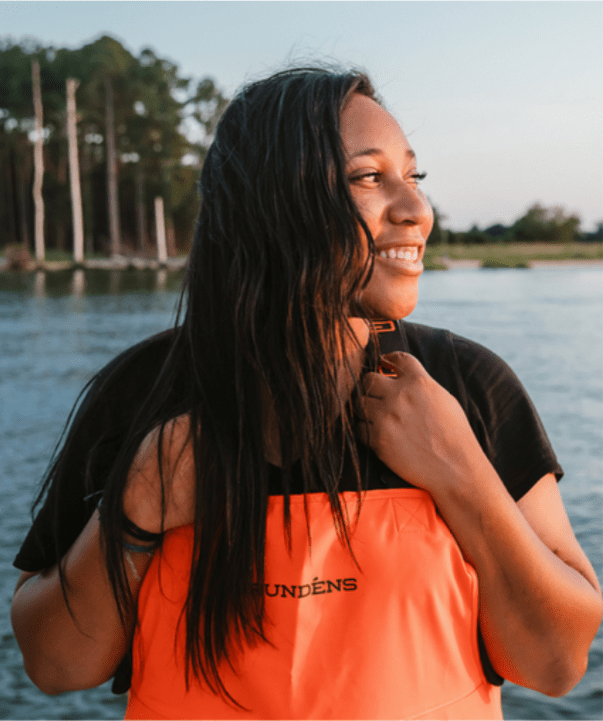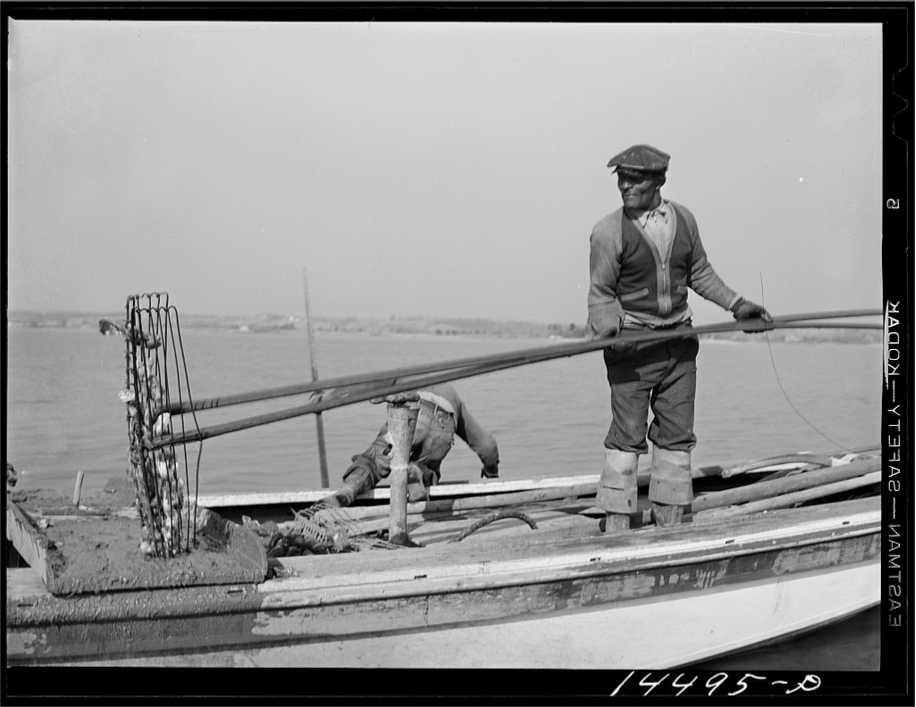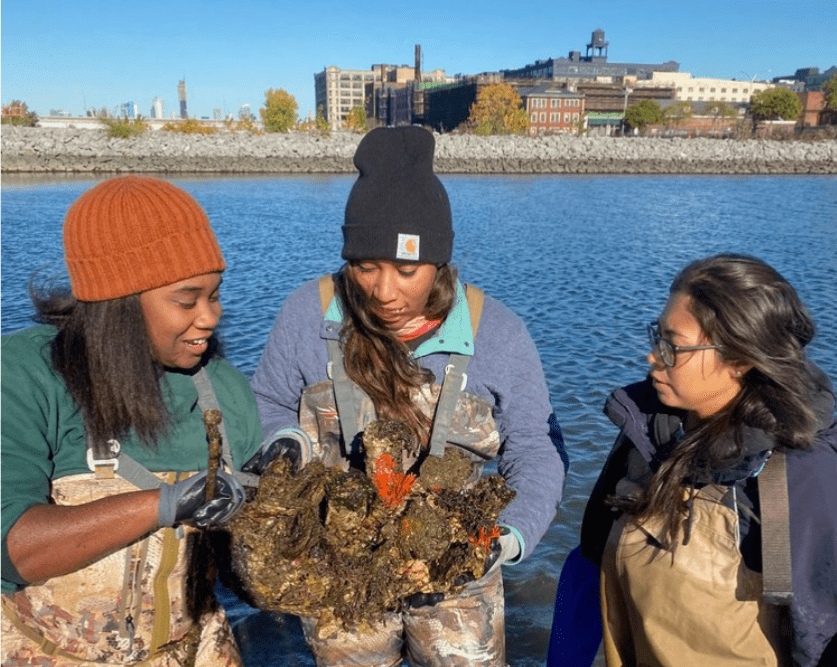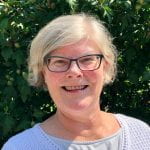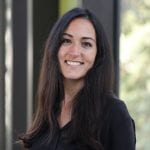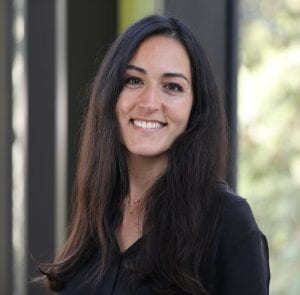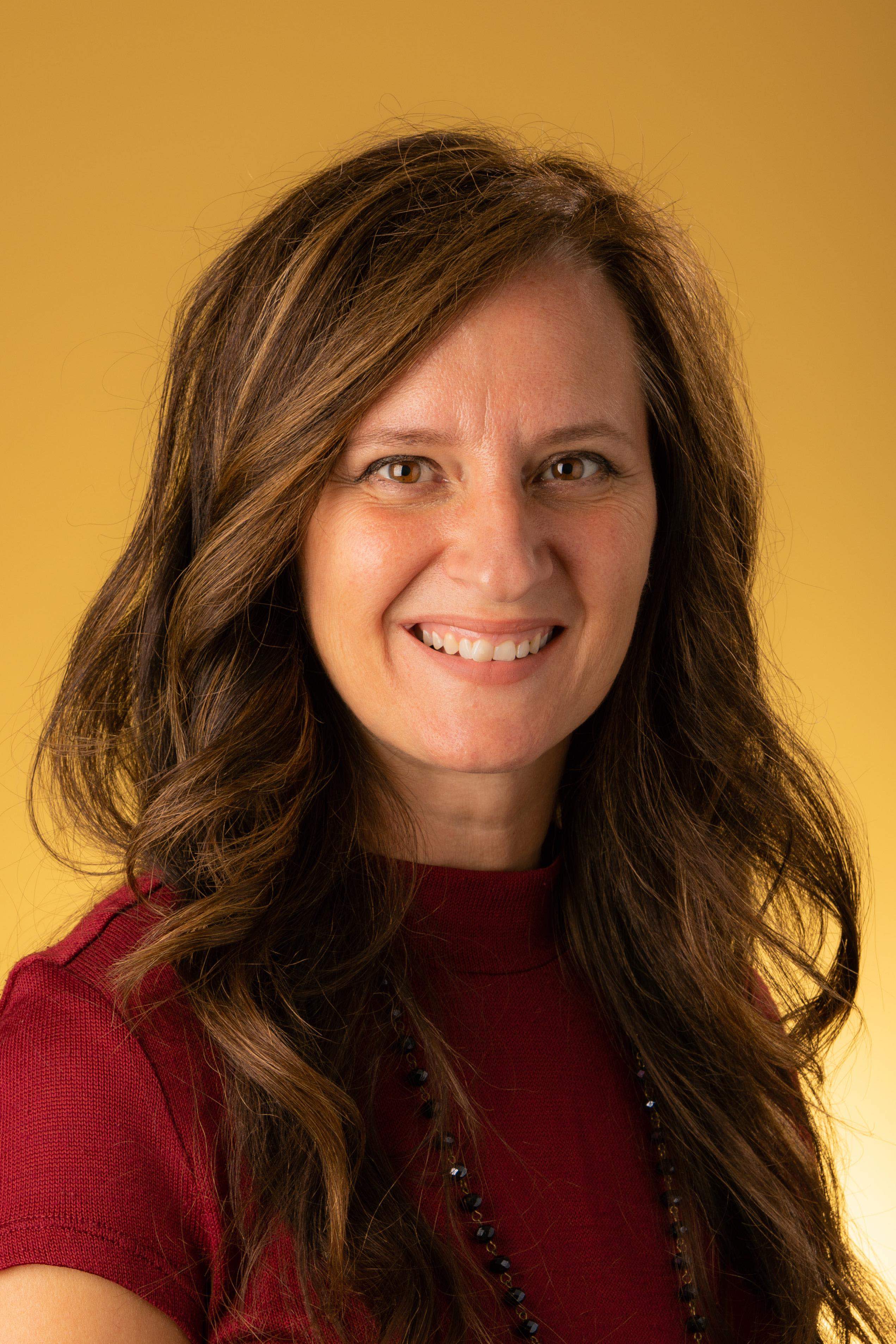
“It’s difficult to research death,” Dr. Suzanne Agan admitted, regarding wildlife deaths. Even when the focus is on wildlife survival, “People are not going to choose something that is hard to digest.”
The scientists and individuals who were concerned about wildlife loss found success in Yellowstone National Park. When Yellowstone was first established in 1872, the Grey Wolf population was abundant, but the Wolves soon found themselves face to face with humans who wanted them gone. The consequences of eliminating a top predator from an ecosystem were unknown, so the wolves were progressively wiped out without a second thought. That changed in 1973, once the Grey Wolf was listed as Endangered under the Endangered Species Act. The USFWS had recognized that this extirpation did, in fact, have environmental consequences. The creation of the Northern Rocky Mountain Wolf Recovery Plan in 1987 aimed to establish Grey Wolf populations in Yellowstone once more. The plan was able to successfully bring back 300 Grey Wolfs. This program, along with others made to establish Wolf populations throughout the states became increasingly popular, hoping to have the same success as Yellowstone.
Her lasting passion for wolves also made it easy for Dr. Agan to pursue Red Wolf research while pursuing her PhD in Antioch University New England. Dr. Agan now works with the Red Wolf Recovery Team (RWRT) in North Carolina to study how Red Wolves are being affected by poaching and what can be done to stop this.
The RWRT was created alongside the Red Wolf Recovery Area (RWRA) in 1987 by the U.S Fisheries and Wildlife Services (USFWS) in order to protect and bring back the Red Wolf population in North Carolina. North Carolina, like much of the United States, used to have thousands of wolves roaming the land. Similar to what happened in Yellowstone, Red Wolves were essentially wiped out in North Carolina. Red Wolves are now considered the world’s most endangered wolf. The RWRA has dedicated itself to designating the recovery area and reintroducing the species.]
“There’s only about 20 in the wild right now,” Dr. Agan explains. She hopes that by reducing poaching, the population will bounce back.
Dr. Agan clarified what poaching means, she knew that the word had a relatively negative association. Poaching is often associated with an unlawful individual who illegally kills hundreds of deer or turkey for money. She explained that “Poaching is the sole action of killing the animal, not the intent. A hunter can be out hunting deer, shoot what he thinks is a coyote, and it turns out to be a wolf, that’s still poaching.” Since the Red Wolf is currently listed as an endangered species by the U.S Government, killing one is illegal. Dr. Agan also pointed out that hunters target bears and deer, not Red Wolves. Moreover, Red Wolves are scared of people and have no interest in being around them, which means they are not really considered a threat to human life. There was no good reason for landowners to kill Red Wolves.
Dr. Agan heavily emphasized that the main reason for Red Wolf poaching was that landowners “don’t want government intrusion on their property.” Even though the RWRA is nearly 6,000 km2, that did not stop the Red Wolves from going beyond its boundaries. The RWRA program was put back into action in 2021 after being put on pause due to program technicalities that had to be addressed. Red Wolves started showing up on landowners’ property outside of the RWRA, leaving landowners confused and angry since the FWS had not said that the Wolves were being reintroduced.
The FWS then attempted to give landowners ways to co-exist with the Red Wolves. Dr. Agan told me that if a Red Wolf ever wanders onto their property, they could call the FWS to remove it and take it back to the RWRA. But the landowners are reluctant. They were already upset and since a call to the FWS meant the government would be on their property. To avoid both, landowners would kill the Red Wolves. If there were no Red Wolves present, there would be no reason for the FWS to come onto their property.
“You won’t be able to protect wolves if landowners are not on board, you can’t just slap high fines on people and throw em’ in jail,” Dr. Agan chuckled wearily. Despite the fact that it may seem like a good idea to appropriately punish landowners for poaching, that only makes local residents more resistant to the recovery program.
Dr. Agan noticed that having someone who was able to make the landowners feel heard and included greatly aided in recovery efforts. “One of the older biologists who worked on the project – they had so much respect for him and liked him so much.” In that case, when he told people not to shoot a wolf, they wouldn’t out their respect for him. they said they would not shoot a Red Wolf on their property, because they had too much respect for the biologist they were working with.” She continued to say that including landowners in the RWRT was essential if they wanted to work towards a solution and have actually bought them in to be a part of the team.
Dr. Agan believes it is possible to reduce Red Wolf poaching and increase the species odds of recovery. As long as the RWRA and FWS include every stakeholder, most importantly landowners, to get to that solution. Dr. Agan is optimistic about working with the hunters, noting that they may be the key to bringing back the Red Wolf population. “They need to get hunting orgs to be on board with protecting Red Wolves…The hunting community is the one that poaches the most…they have the ability and they have access – they are out where the wolves are with the gun in their hand.”

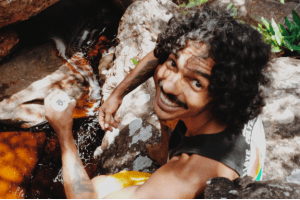
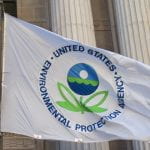


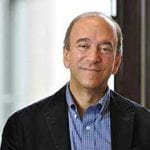
 Bruce King
Bruce King
 15×50 Goal from Build Beyond Zero
15×50 Goal from Build Beyond Zero